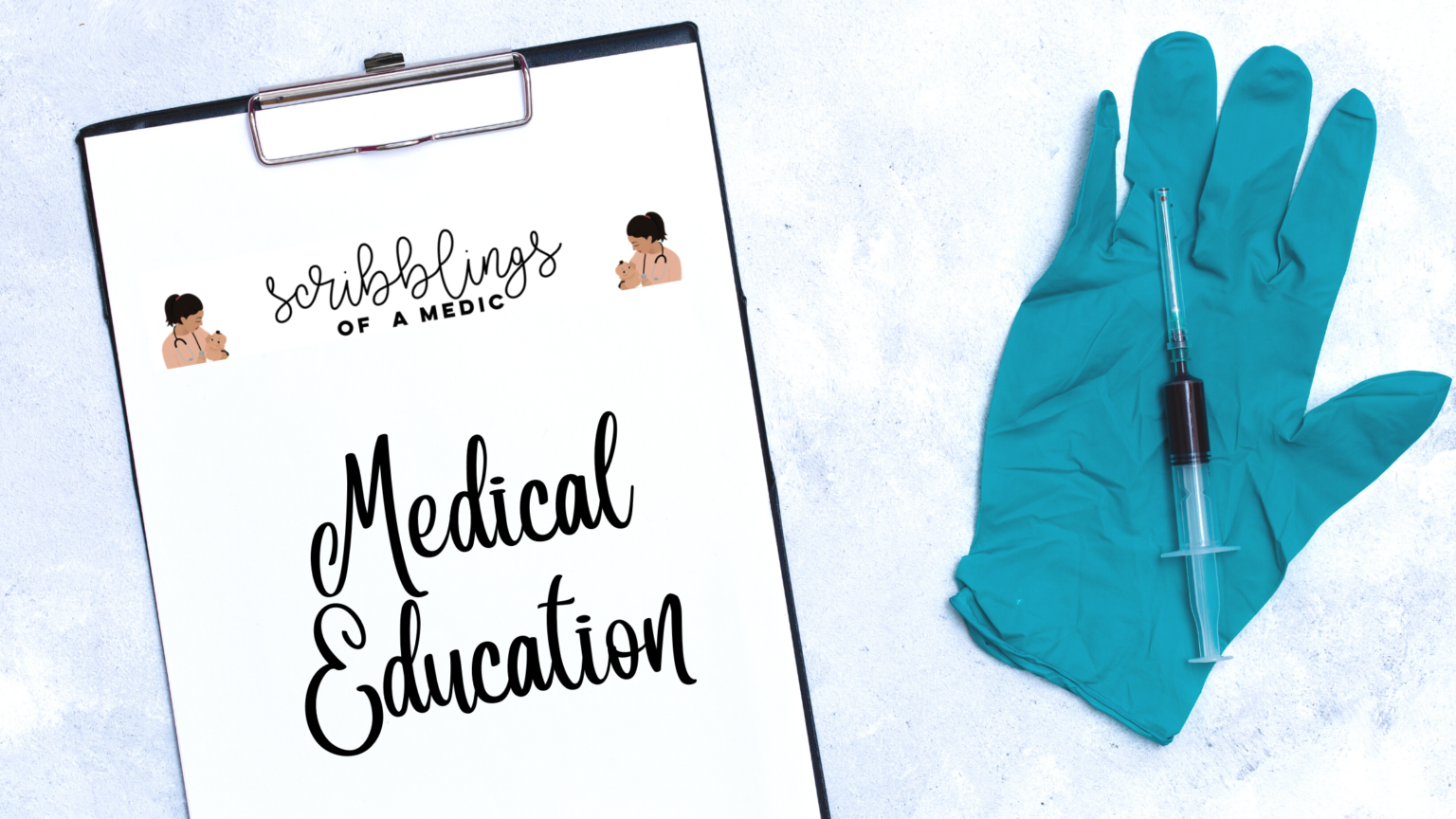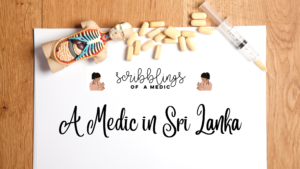As a paediatric intern on the postnatal ward jaundice is going to be a common occurrence. Most of the time the serum bilirubin will come back well below, but very rarely the baby will need either single or double phototherapy. So below I’m going to write about what should be done when a baby seems to be looking yellow and how to manage babies with jaundice. There are neonatal guidelines on the management of jaundice so don’t forget to have a look at those too.
So how do you know if a baby is jaundiced and what’s the problem?
You will notice the baby’s skin looking yellow – if the jaundice is severe the palms of the hands and soles of the feet will also be yellow stained. The sclera of the eyes can also be tinted yellow in severe cases. The yellow colour is due to an increase in the product bilirubin which is a yellow pigment giving rise to the signature colour when deposited in the skin. Bilirubin also crosses the blood brain barrier within the 1st seven days and thats the concern – brain damage due to kernicterus!
Physiological vs pathological jaundice
Physiological jaundice occurs after 24 to 72 hours of birth with an bilirubin value of less than 15mg/dl in a term baby whilst pathological jaundice occurs within the 1st 24 hrs and has an bilirubin of more than 15mg/dl. Physiological jaundice doesn’t require any treatment, but pathological jaundice as the name suggests is a problem.
Most of the high bilirubin rate occurs due to a high level of indirect bilirubin (unconjugated), but very rarely such as in cases of biliary atresia, it can be due to a high direct (conjugated) bilirubin level.
* Small tip – there are only THREE main causes of conjugated hyperbilirubinaemia – neonatal hepatitis, extra hepatic biliary atresia and a choledochal cyst.

This is an easy simplified chart of possible causes of jaundice according to the age of the baby. Image taken from a presentation by Dr. Sonali Paradhi Mhatre
There is a baby who looks to be yellow. Now what?
The best way to assess if a baby is jaundiced or not is to assess the baby in a well lit room. Similarly to checking for capillary refill time, lightly press on the child’s skin to reveal the underlying colour (if jaundiced – the yellow is more prominent). Jaundice spreads from head to toe so start checking in that direction.
If jaundiced:
- Check for signs of encephalopathy such as poor feeding, lethargy, irritability or shrill cry – if positive, ADMIT to the PBU/NICU ASAP.
- Check the mother’s blood group – all mother’s who are rhesus (-) should have their cord blood sent for Serum bilirubin level (SBR).
- Send an SBR blood sample and make a note of the time the blood sample was sent
- If the child has signs of severe jaundice – yellow palms, soles and sclera – start on single phototherapy without waiting for the results
- Trace the bilirubin rate and plot it on the graphs that are specific for the gestational age of the baby (examples below).
How to plot the SBR level on the graph
- These graphs range from 23 to >38 week gestation – each graph has a different SPT and exchange transfusion level. Select the appropriate graph according to the gestation of the baby. The horizontal axis reflects the age of the baby and the vertical axis reflects the level of the SBR.
- From the time of birth of the baby till the time the blood sample was sent, calculate the age. You will see that each large box in the graph is divided into 4 segments (each small square is 6 hours, 1 large box therefore is 24 hours or 1 day). So for example, if the the blood sample was sent when the child was 1 day and 8 hours old, the horizontal value is at 1 large box and 1 small box.
- The SBR level is calculated by total bilirubin level multiplied by 17 (e.g. TBR is 15 mg/dl, then the serum bilirubin rate is 15 multiplied by 17 = 255mg/dl). The SBR level is on the vertical axis.
- Correlate the correct SBR with the age of the baby and plot it on the appropriate graph according to the baby’s gestation.
Below are some examples of plotting on the jaundice graphs. Graphs for each gestational age can be found by clicking here.


The baby’s SBR level requires phototherapy/exchange transfusion, what should I do?
If the baby requires further management, send off the following investigations from the baby to help find the cause of the jaundice (because neonatal jaundice is not a diagnosis, but only a symptom!).
- Full blood count – looking for haemolysis/sepsis
- CRP, B. culture – looking for sepsis
- Liver function tests – looking for hepatitis
- Reticulocyte count, Blood picture, Group + DAT – looking for haemolysis
Dehydration – Dehydration is a common reason for jaundice also so in addition to phototherapy remember to give the child a cup feed whilst on phototherapy if the mother does not have sufficient milk.
Phototherapy (Single Phototherapy is SPT, Double phototherapy is DPT) level – This involves placing the baby under blue light at a distance with the baby only wearing a nappy and eye shades. The light converts the bilirubin into a water soluble form so that it can be excreted with the urine. Whilst under phototherapy the baby should be fed every 2-3 hours as usual. If the baby is at DPT level (draw a line in-between the phototherapy and exchange transfusion level), then an additional 40ml/kg/day should be given, ideally via an intravenous drip.
After starting phototherapy, a SBR should ideally be sent 4 hours after initiation (MUST be sent if you’ve started DPT). This allows you to follow the progress of SPT and see if management needs to be up/downscaled. If the SBR is rising – inform your senior!
Once the level is 30-50 below the SPT level, it is considered to be well below and phototherapy can be stopped. If there is evidence of haemolysis, repeat the SBR after 12 hours as even though you stop the phototherapy, haemolysis may still occur causing rebound hyperbilirubinaemia. Remember that once you start phototherapy, you can’t accurately assess the jaundice level.
Side effects of phototherapy include dehydration (hence the increased feeding), loose stools and hypo/hyperthermia. If the baby still appears bronzed then it is due to conjugated hyperbilirubinaemia so stop the phototherapy and look for a conjugated cause.
If the baby’s SBR level is at exchange transfusion, ADMIT TO THE NICU for possible blood transfusion and send a sample of the mother’s blood also! At our NICU we also sometimes give immunoglobulin which we have found to drastically reduce the SBR level.
Prolonged Jaundice
After day 7 of life bilirubin does not cross the blood brain barrier and so no urgent investigations are required however jaundice more than 2 weeks in a term baby or 3 weeks in a preterm baby is diagnosed as prolonged jaundice.
After asking/looking for signs of conjugated hyperbilirubinaemia – pale stools, dark urine, enlarged liver – take the following blood investigations:
- Full blood count, CRP, Reticulocyte count, LFTs, SBR
- B. Picture
- Group + DAT
- B. Culture, UFR, U. Culture
- TSH, T4 (if not done via heel prick test)
If all the investigations are normal, then the diagnosis is breast milk jaundice. IF there are any abnormal investigations, treat accordingly.
If suspecting conjugated hyperbilirubinaemia, in addition to the above investigations, also do an USS abdomen to find the cause. TORCH screen and urine for reducing substances will also be useful to look for the cause.
Jaundice is exceptionally common in the postnatal wards. Most cases are simply due to dehydration and will settle with single phototherapy, but on the occasion you do get cases of haemolytic disease of the new born which requires more stringent monitoring and management. Children can die of hyperbilirubinaemic encephalopathy or get cerebral palsy, so prompt action must be taken!





